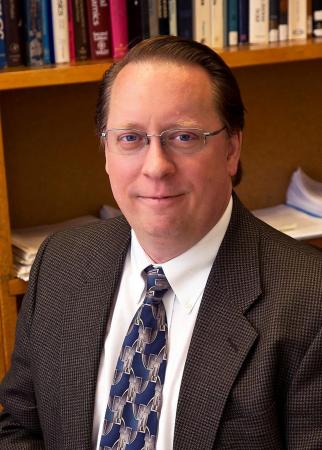
David Gates
David Gates
Princeton Plasma Physics Labratory
Tuesday, September 26, 2023
12:00pm
NW17-218 Hybrid
Abstract: Thea Energy (formerly Princeton Stellarators, Inc.) is a new stellarator fusion company that is focused on the use of an entirely new way of building the stellarator coil system using only noninterlocking planar coils – which we refer to as the all-planar coil stellarator. The coil set includes hundreds of small, individually controllable coils, allowing for an unprecedented degree of configurability and controllability. Initial work has focused on demonstrating viable techniques to optimize this new configuration, both the plasma and the coil set. As an initial use case, we propose a beam-target deuterium-deuterium stellarator neutron source at ~1/2 the linear dimensions of a fusion pilot plant based on the same concept. We present the concepts behind the all-planar coil stellarator as well as the methods we have developed to perform the field coil optimization. We also discuss the compatibility of the concept with reliability, accessibility, maintenance, and inspectability as well as the ability to incorporate a blanket. Additionally we will present initial studies of blanket design for the stellarator neutron source.
Bio: Dr. David Gates, the Chief Technology Officer at Thea Energy, was until recently the Head of the Advanced Projects Department of PPPL and the stellarator physics leader at the Laboratory. He also held a joint appointment as a Senior Research Scholar at the Andlinger Center for Energy and the Environment. David previously led collaborative efforts with the Wendelstein 7-X stellarator in Greifswald, Germany and also on the Large Helical Device in Toki, Japan. He served as the Principal Investigator of the ARPA-E project “Stellar Simplification using Permanent Magnets”. Prior to taking the role as stellarator leader, he was the leader of the NSTX Advanced Scenarios and Control topical science group as well as head of the Magneto-Hydrodynamic (“MHD”) Stability group. He also was a Physics Operator on NSTX. David did his undergraduate studies in Physics and Mathematics at the University of Wisconsin-Madison and did his graduate studies at Columbia University where he received his M.S., M. Phil., and Ph.D. in Applied Physics. He was a research associate at Culham Laboratory in Oxfordshire, England from 1993-1997 where he worked on the COMPASS-D and START devices. David was a visiting professor at the National Institute for Fusion Science in Toki, Japan in 2010 and 2011. He became a Fellow of the American Physical Society in
2013.